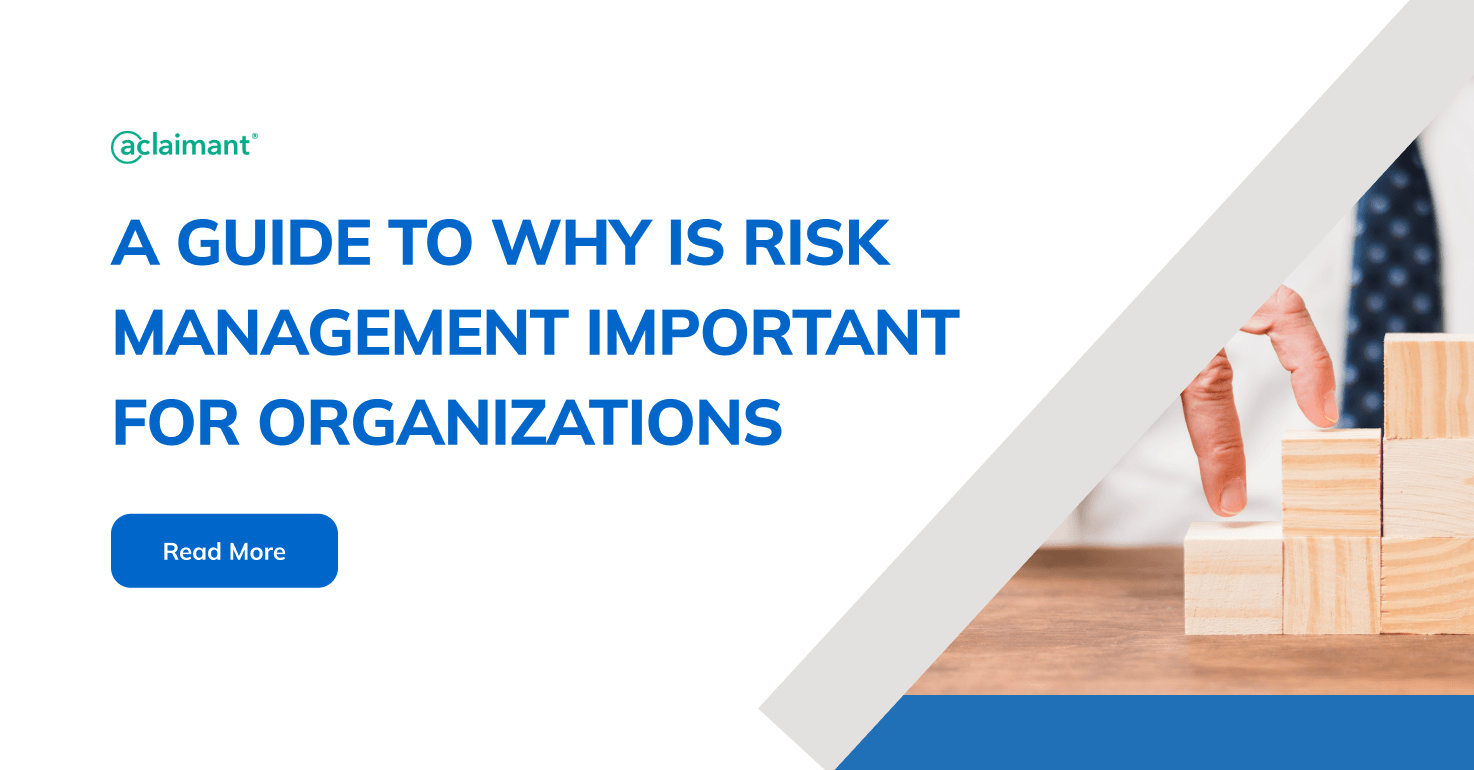The Critical Importance of Risk Management in Economic Decision Making
The Critical Importance of Risk Management in Economic Decision Making
Blog Article
The Importance of Understanding the Value of Risk Management in Numerous Industries

The Core Idea of Risk Management and Its Function
Risk Management, the foundation of lots of sectors, pivots on the identification, analysis, and reduction of uncertainties in a business setting. It is an integral practice that enables companies to secure their assets, online reputation, and total survival. By correctly recognizing prospective threats, organizations can develop methods to either protect against these risks from taking place or lessen their effect. The assessment process entails assessing the chance and possible extent of these dangers. The mitigation process entails devising strategies to reduce their potential effect when threats have actually been recognized and reviewed. This procedure is intermittent and recurring, guaranteeing that organizations are planned for the ever-changing nature of Risk in different industries. The primary objective, thus, is to foster resilience among uncertainties.
Advantages of Carrying Out Risk Management in Business Procedures

Unveiling the Duty of Risk Management in Different Industries
While every industry confronts its one-of-a-kind collection of dangers, the application of Risk Management strategies remains a typical in their quest of Look At This sustainability and growth. In the healthcare field, Risk Management involves guaranteeing individual safety and information security, while in financing, it entails mitigating financial investment risks and making certain regulatory conformity. Ultimately, the role of Risk Management throughout sectors is to identify, evaluate, and mitigate threats.
Real-life Case Studies Showing Successful Risk Management
To comprehend the relevance of Risk Management in these numerous markets, one can seek to a number of real-life circumstances that highlight the successful application of these steps. In the energy sector, British Oil created Risk mitigation intends post the 2010 Gulf of Mexico oil spill. They applied much better safety and security procedures and more stringent laws which significantly reduced further accidents. In a similar way, in money, Goldman Sachs effectively navigated the 2008 monetary situation by recognizing possible mortgage-backed safeties dangers early. Lastly, Toyota, post the 2011 earthquake in Japan, modified its supply chain Management to decrease interruption dangers. These situations moved here demonstrate just how sectors, gaining from crises, effectively applied Risk Management approaches to reduce future threats.
Future Patterns and Developments in Risk Management Strategies
Cybersecurity, once a peripheral worry, has actually catapulted to the center of Risk Management, with techniques concentrating on feedback, prevention, and discovery. The assimilation of ESG (Environmental, Social, Administration) variables into Risk Management is an additional growing pattern, mirroring the raising acknowledgment of the role that social and environmental dangers play in service sustainability. Therefore, the future of Risk Management lies in the blend of sophisticated innovation, cutting-edge strategies, and a holistic strategy.
Verdict
Finally, comprehending the significance of Risk Management across a range of industries is important for their longevity and success. Tailored techniques can assist minimize possible threats, safeguard properties, and foster stakeholder depend on. Furthermore, aggressive decision-making help in governing compliance and maximizes source use. Ultimately, successful Risk Management adds to much more lasting and durable companies, highlighting the relevance of this practice in today's very affordable and vibrant company environment.
While every market confronts its distinct set of threats, the application of Risk Management approaches stays a typical denominator in their search of sustainability and development. In the medical care field, Risk Management involves making certain individual safety and security and information protection, while in finance, it includes mitigating investment dangers and making sure regulative compliance. Ultimately, the role of Risk Management across sectors is to recognize, examine, and alleviate threats. These situations demonstrate just how markets, learning from situations, successfully used Risk Management techniques to lower future threats.

Report this page